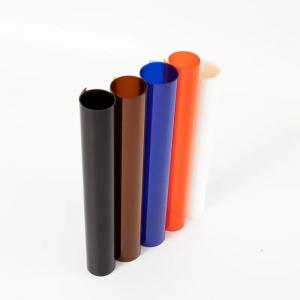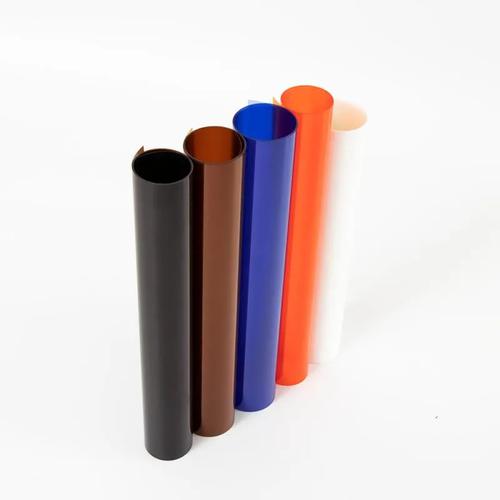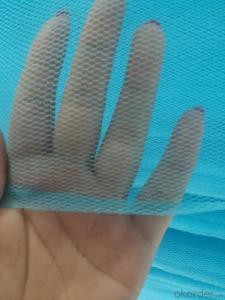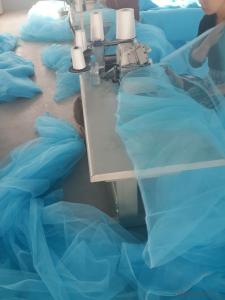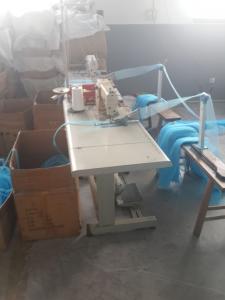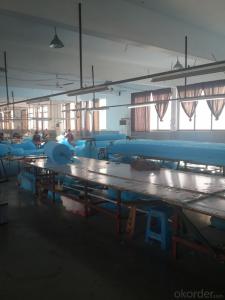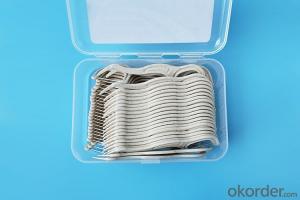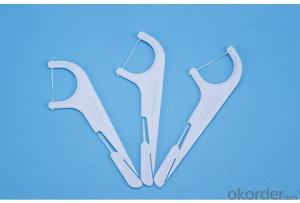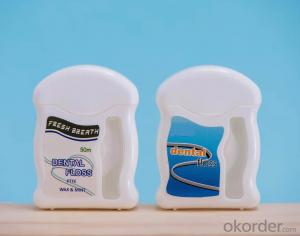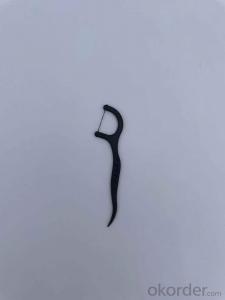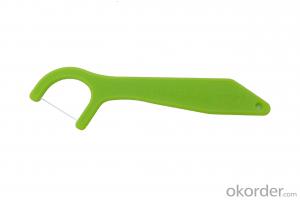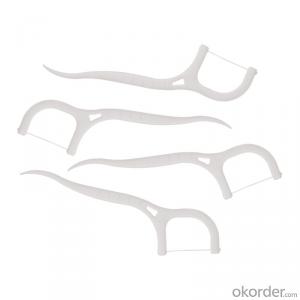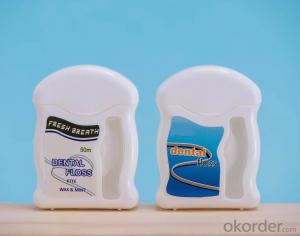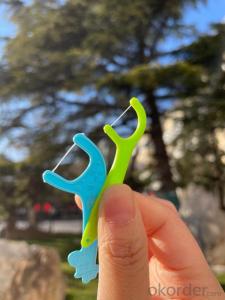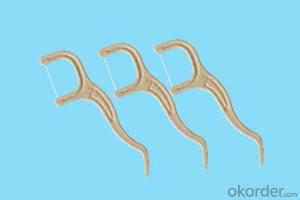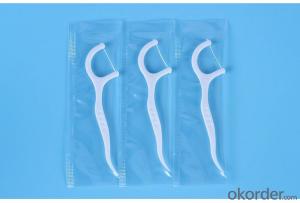Hot selling medical grade 0.2/0.25/0.3mm transparent PVC / PVDC film for pill blister packaging
- Loading Port:
- Qingdao
- Payment Terms:
- TT OR LC
- Min Order Qty:
- 1 T
- Supply Capability:
- 200 T/month
OKorder Service Pledge
OKorder Financial Service
You Might Also Like
Transparent PVC/PVDC film is widely used in pharmaceutical packaging due to its high transparency and good barrier properties. Especially for blister packaging, it requires the packaging material to have excellent barrier properties to prevent the drug from being affected by moisture, oxidation or other external factors and becoming ineffective.
PVDC can be coated on PVC film to obtain high moisture and oxygen resistance, depending on the coating weight (40g/60g/90g/120g/180g). PVDC coated blister film is the most common and popular barrier film used for pharmaceutical blister packaging. PVDC coating is also the most economical way to add waterproof and oxygen resistance to PVC film. PVDC blister film has 2-layer or 3-layer specifications, called PVC/PVDC or PVC/PE/PVDC.
Advantages:
1. High barrier property: The PVDC layer can effectively prevent water vapor and oxygen from penetrating, and is particularly suitable for drugs that are sensitive to humidity and oxygen.
2. High transparency: Ensure good product visibility, making it easy for consumers to view the contents of the package.
3. Good heat sealing: Good heat sealing with aluminum foil (PTP) ensures sealing effect and prevents contamination and leakage.
4. High mechanical strength: Suitable for high-speed automated packaging production lines, not easy to break or deform.
5. Strong chemical resistance: Suitable for a variety of drugs, including tablets, capsules, soft capsules, etc.
6. Multiple specifications available: Choose different thicknesses and PVDC coating weights (40g, 60g, 90g, etc.) according to drug protection needs.
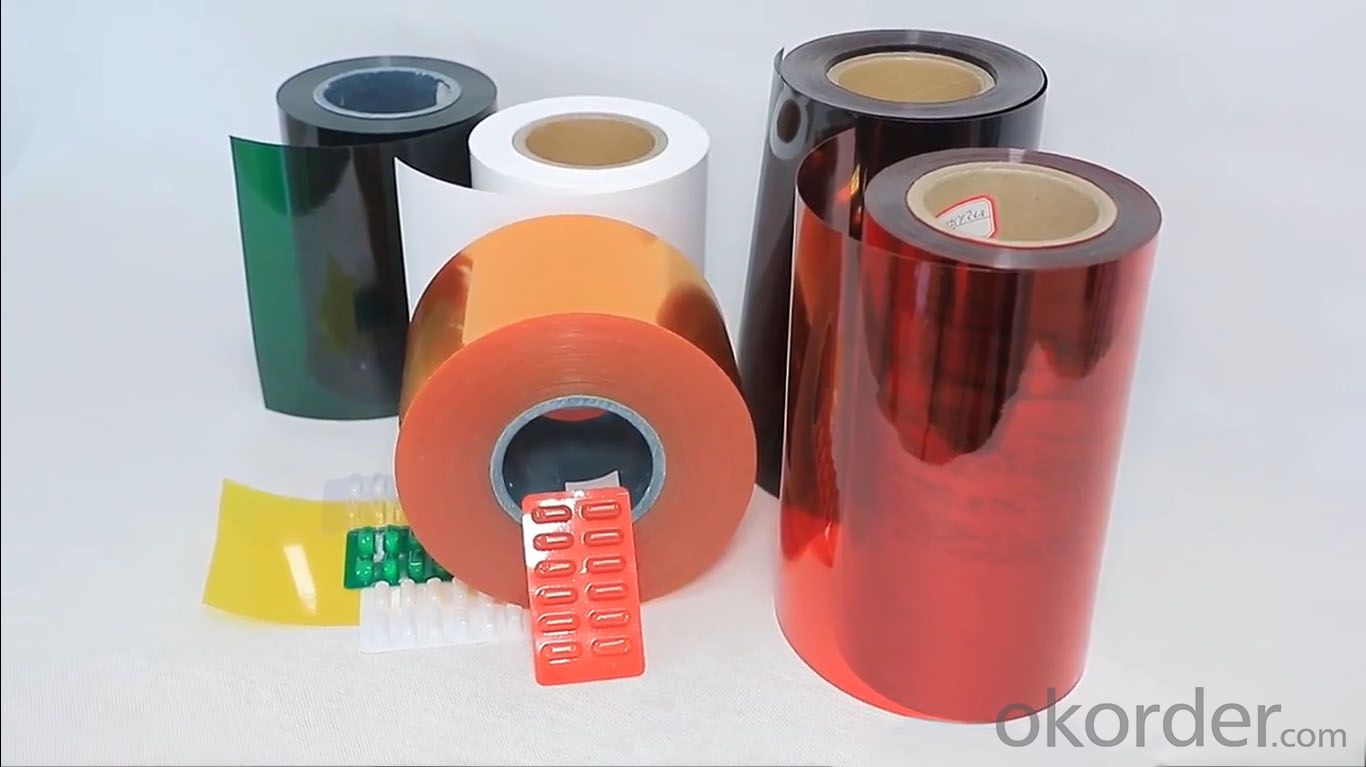
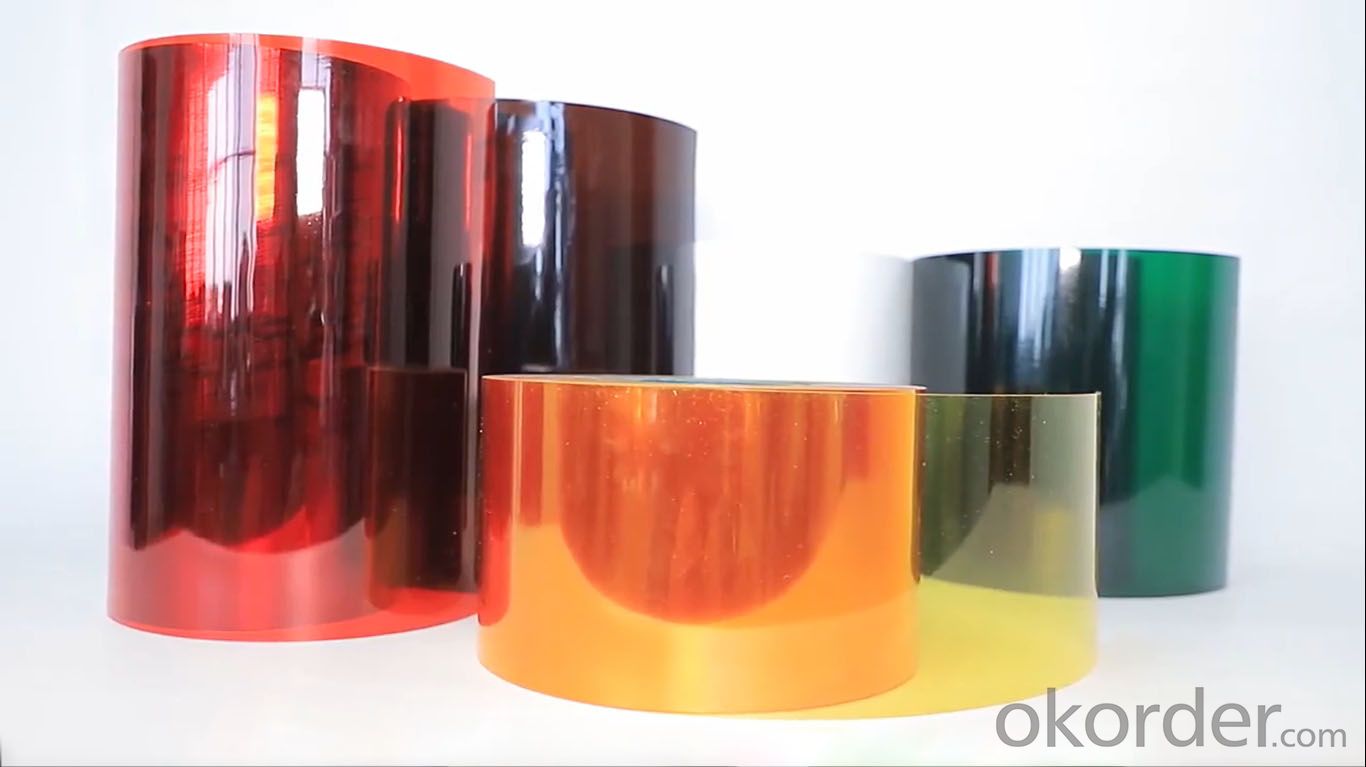
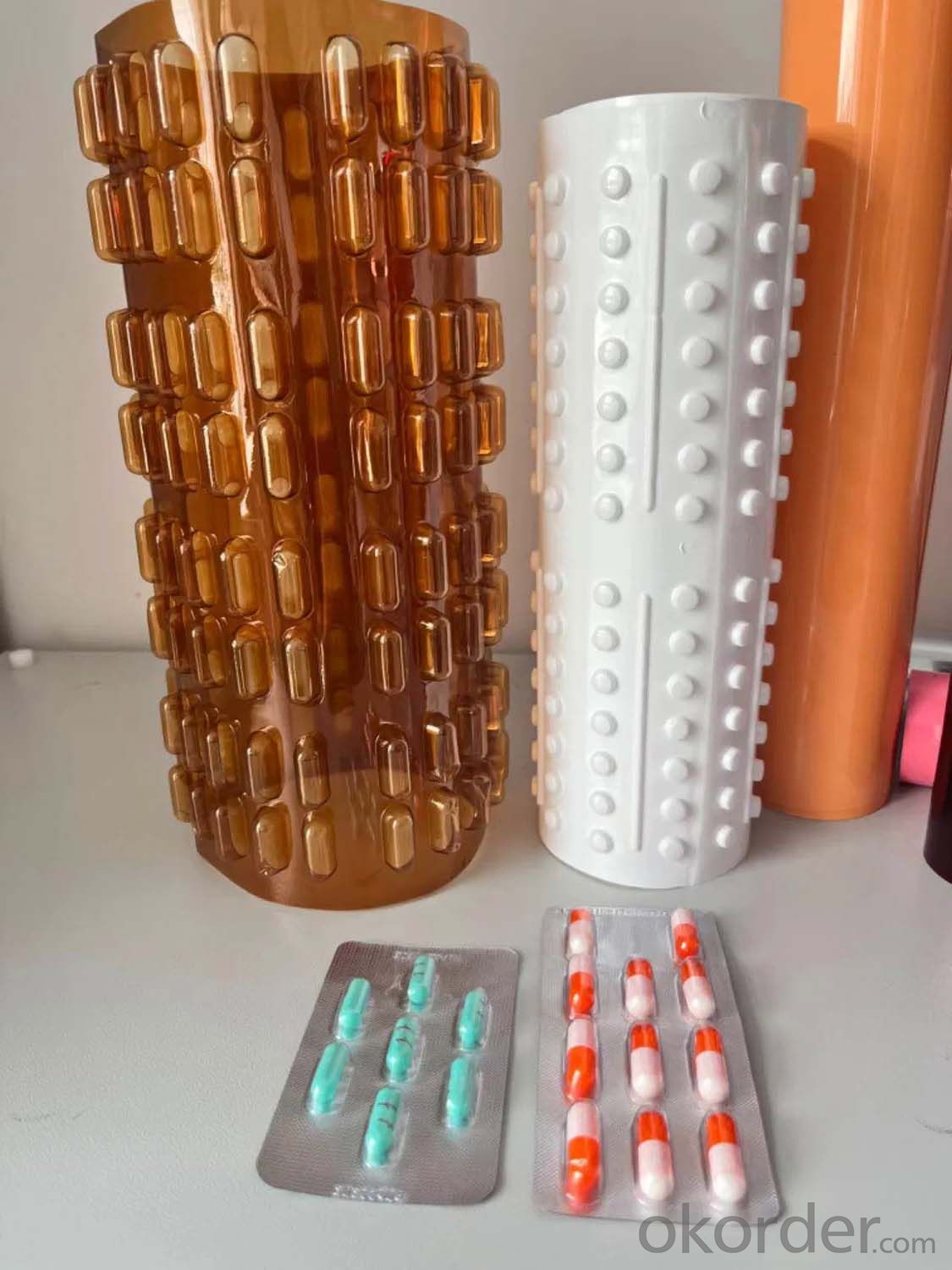
Specifications:
| Product name | High barrier PVDC coated film PVC |
| Application | Medical packaging |
| PVC thickness | 0.25mm, 0.35mm or customized |
| PVDC coating | 40gsm, 60gsm, 90gsm, 120gsm, 120gsm |
| Width | Slitting: 70-300 mm; Big roll: 500-1600 mm |
| Inner core diameter | 76 mm |
| Color | transparent, white, red, etc. |
| Surface | bright, clean, shiny |
| Delivery time | 7-10 days |
| Packaging | in pallets, cartons, etc. |
| Advantages | 1. High transparency, bright surface brightness. 2. Smooth surface, uniform thickness. 3. Few water marks, few crystal points. 4. Odorless and non-toxic. 5. Cold resistant. 6. Easy to thermoform, print and fold. 7. Transparent in various colors. |
Physical properties
| Appearance | flat, uniform, clean. No holes. No foreign matter. No odor. No impurities. No adhesion. |
| Water vapor permeability | ≤0.5g/(m2.24h) |
| Oxygen permeability | ≤0.5cm3/(m2.24h.0.1Mpa) |
| Sealing strength | ≥7.5N/15MM |
Application areas:
Pharmaceutical packaging: such as blister packs for capsules, tablets, pills, etc.
Health care product packaging: used for vitamins, soft capsules and other products.
Food packaging: Some are used for packaging of moisture-sensitive foods, such as candy or dehydrated foods.
Company information:
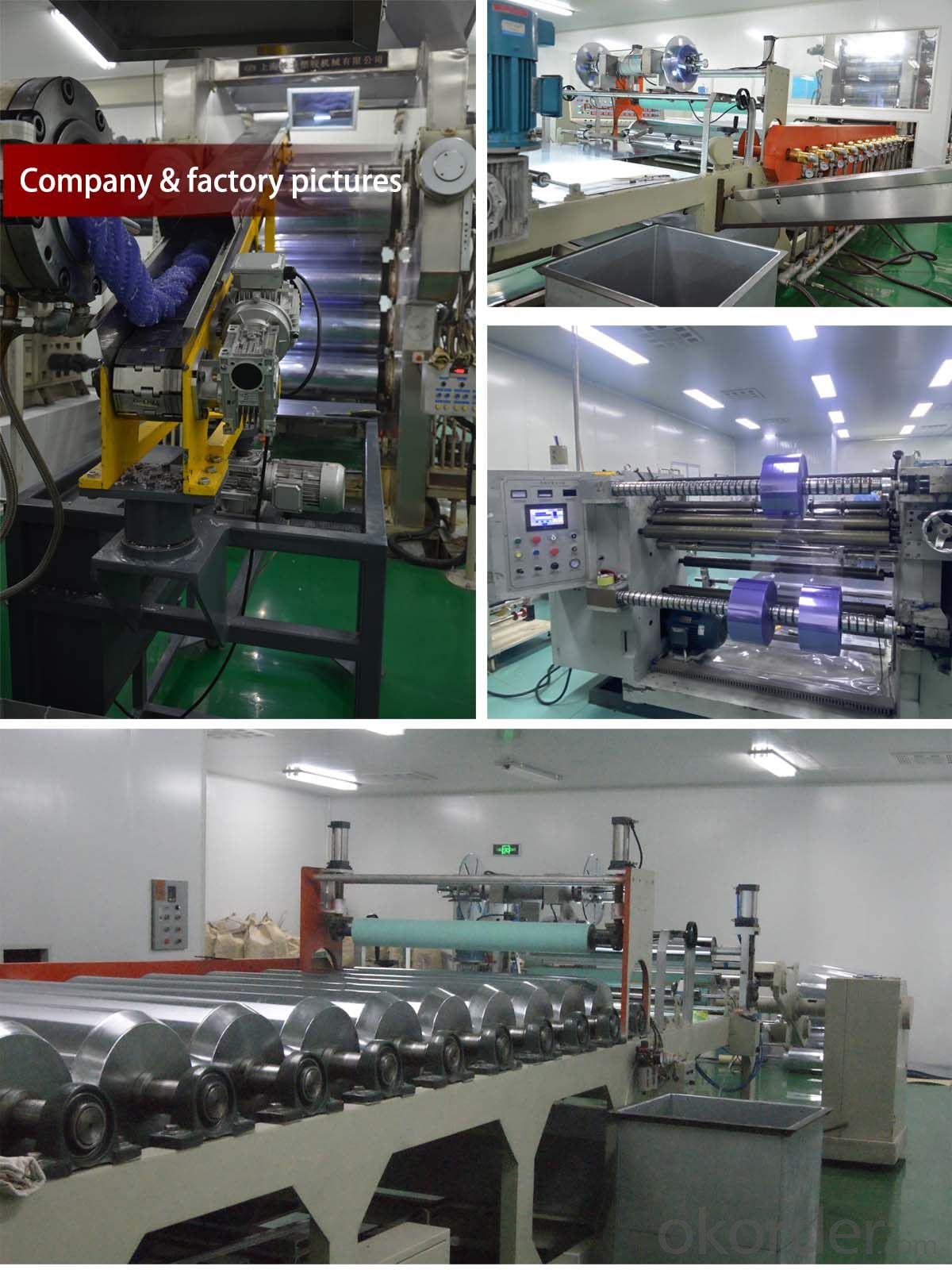
Packaging delivery:
Packaging size: 25.00 cm * 25.00 cm * 25.00 cm
Package gross weight: 25.000 kg
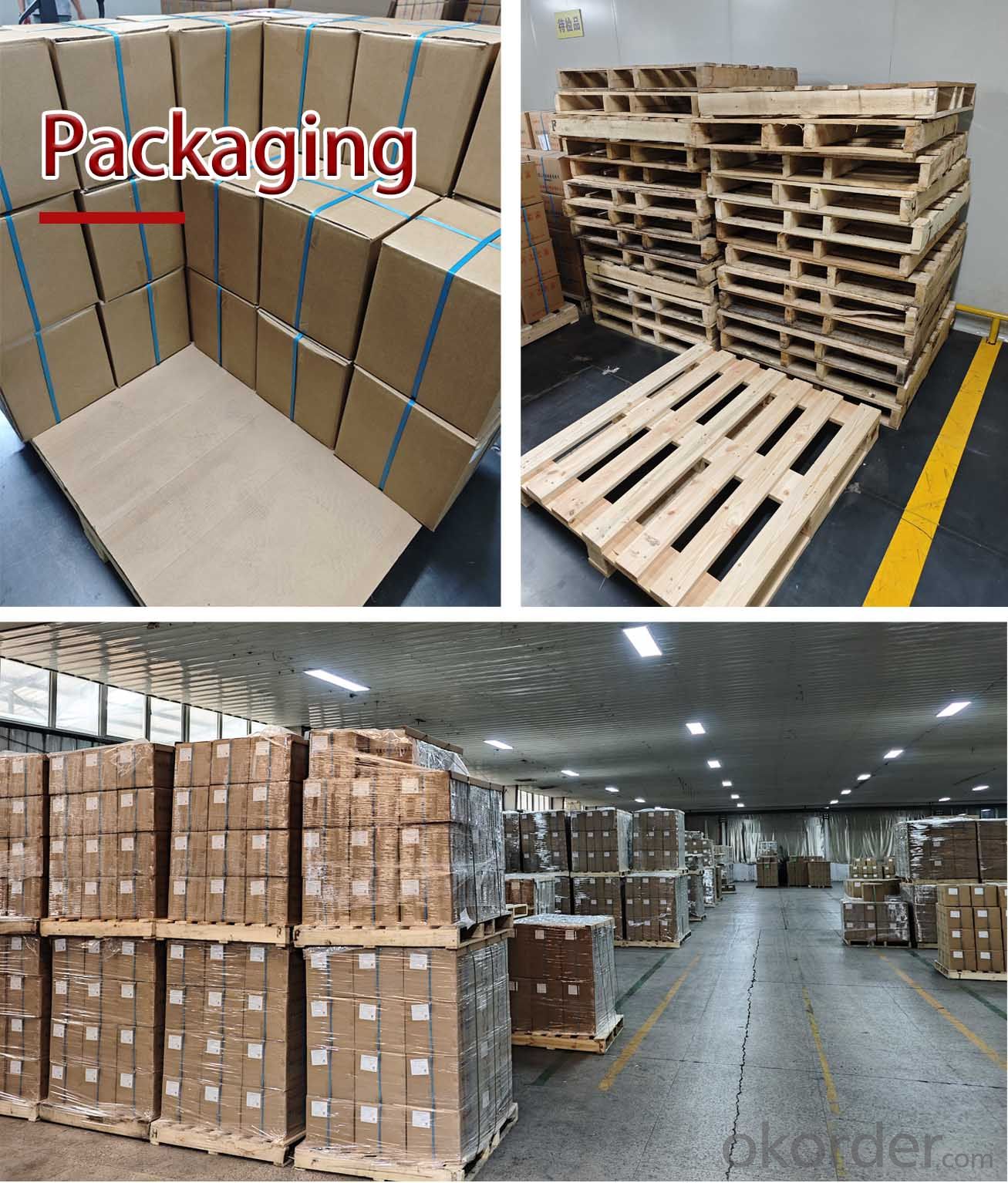
Faq:
Q1: How to ensure the quality?
A1: Factory test certification is provided with shipment, third-party inspection is available
Q2. What are the main products of your company?
A2: Our main products are aluminum, aluminum plate, aluminum foil, aluminum strip, patterned plate, automotive plate, marine grade aluminum plate, household foil, hydrophilic aluminum foil, bottle cap material, PVC hard sheet, pvc/pvdc composite hard sheet, aluminum-plastic blister packaging, etc.
Q3: Where is your factory located?
A3: Our company's processing center is located in Xin'an Industrial Assemble Region, Luoyang, Henan Province, China
Q4: What are the advantages of your company?
A4: We have many professionals, technicians, more competitive prices and best after-sales service than other companies.
- Q: Are there any potential risks associated with the use of plasticizers in medical plastics?
- Yes, there are potential risks associated with the use of plasticizers in medical plastics. Plasticizers, such as phthalates, are often used to make plastics more flexible and durable. However, these substances can leach out of the plastic over time and may be absorbed by the human body. Some studies suggest that certain plasticizers can have negative health effects, such as endocrine disruption and reproductive toxicity. Therefore, it is important to carefully evaluate and regulate the use of plasticizers in medical plastics to minimize potential risks to patients.
- Q: What are the requirements for biocompatibility of medical plastic?
- The requirements for biocompatibility of medical plastic include low toxicity, minimal inflammation or irritation to surrounding tissues, resistance to degradation or leaching of harmful substances, and compatibility with sterilization methods. Additionally, the plastic should have good mechanical and physical properties to ensure its functionality and durability in medical applications.
- Q: Are medical plastics resistant to temperature variations?
- Yes, medical plastics are designed to be resistant to temperature variations. They are formulated to withstand a wide range of temperatures without losing their structural integrity or functionality.
- Q: Can medical plastics be used in emergency medicine applications?
- Yes, medical plastics can be used in emergency medicine applications. They are commonly used in various emergency medical devices and equipment such as syringes, IV catheters, surgical instruments, and respiratory devices. Medical plastics offer advantages such as biocompatibility, sterilizability, durability, and flexibility, making them suitable for emergency situations where quick and efficient medical interventions are required.
- Q: What are the most common uses of medical plastics in respiratory care?
- Some common uses of medical plastics in respiratory care include the production of oxygen masks, nebulizer chambers, nasal cannulas, and endotracheal tubes. These plastic devices are essential in delivering oxygen and medications, facilitating breathing, and maintaining airway patency in patients with respiratory conditions.
- Q: How is medical plastic used in cardiovascular applications?
- Medical plastic is used in cardiovascular applications in various ways. It is commonly used to manufacture devices such as catheters, stents, and heart valves. These plastics are biocompatible, meaning they do not harm the body or cause adverse reactions when used in medical procedures. Medical plastics used in cardiovascular applications are lightweight, flexible, and have excellent mechanical properties, allowing for easier insertion and manipulation during surgeries. Additionally, these plastics can be customized to have specific properties, such as strength or flexibility, depending on the intended application. Overall, medical plastics play a crucial role in improving patient outcomes and advancing cardiovascular treatments.
- Q: How can I remove a spray of water on a plastic material?
- Washed out, acetone is corrosive, and the surface of the plastic cup has been destroyed
- Q: How is medical plastic used in cardiovascular devices?
- Medical plastic is used in cardiovascular devices to manufacture components such as catheters, stents, heart valves, and pacemakers. These devices are made from biocompatible plastics that are safe for use inside the human body. The plastic materials used offer various properties like flexibility, durability, and resistance to corrosion, allowing for the efficient functioning and longevity of cardiovascular devices.
- Q: Are there any specific regulations for using medical plastics in pediatric applications?
- Yes, there are specific regulations for using medical plastics in pediatric applications. These regulations ensure that the plastics used in medical devices and equipment for children are safe, non-toxic, and meet the necessary standards for pediatric use. The regulations also cover aspects such as durability, quality, and design to ensure the well-being of pediatric patients.
- Q: Are there any concerns about the optical clarity of medical plastics?
- Yes, there are concerns about the optical clarity of medical plastics. While medical plastics are often chosen for their transparency and ability to transmit light, there can be issues with clarity due to factors such as manufacturing processes, material impurities, or the presence of additives. These concerns are particularly relevant in medical applications where precise visual observation or analysis is crucial, such as in surgical instruments or medical devices. Ensuring consistent optical clarity in medical plastics is a key consideration to maintain accurate visual assessment and improve patient safety.
Send your message to us
Hot selling medical grade 0.2/0.25/0.3mm transparent PVC / PVDC film for pill blister packaging
- Loading Port:
- Qingdao
- Payment Terms:
- TT OR LC
- Min Order Qty:
- 1 T
- Supply Capability:
- 200 T/month
OKorder Service Pledge
OKorder Financial Service
Similar products
Hot products
